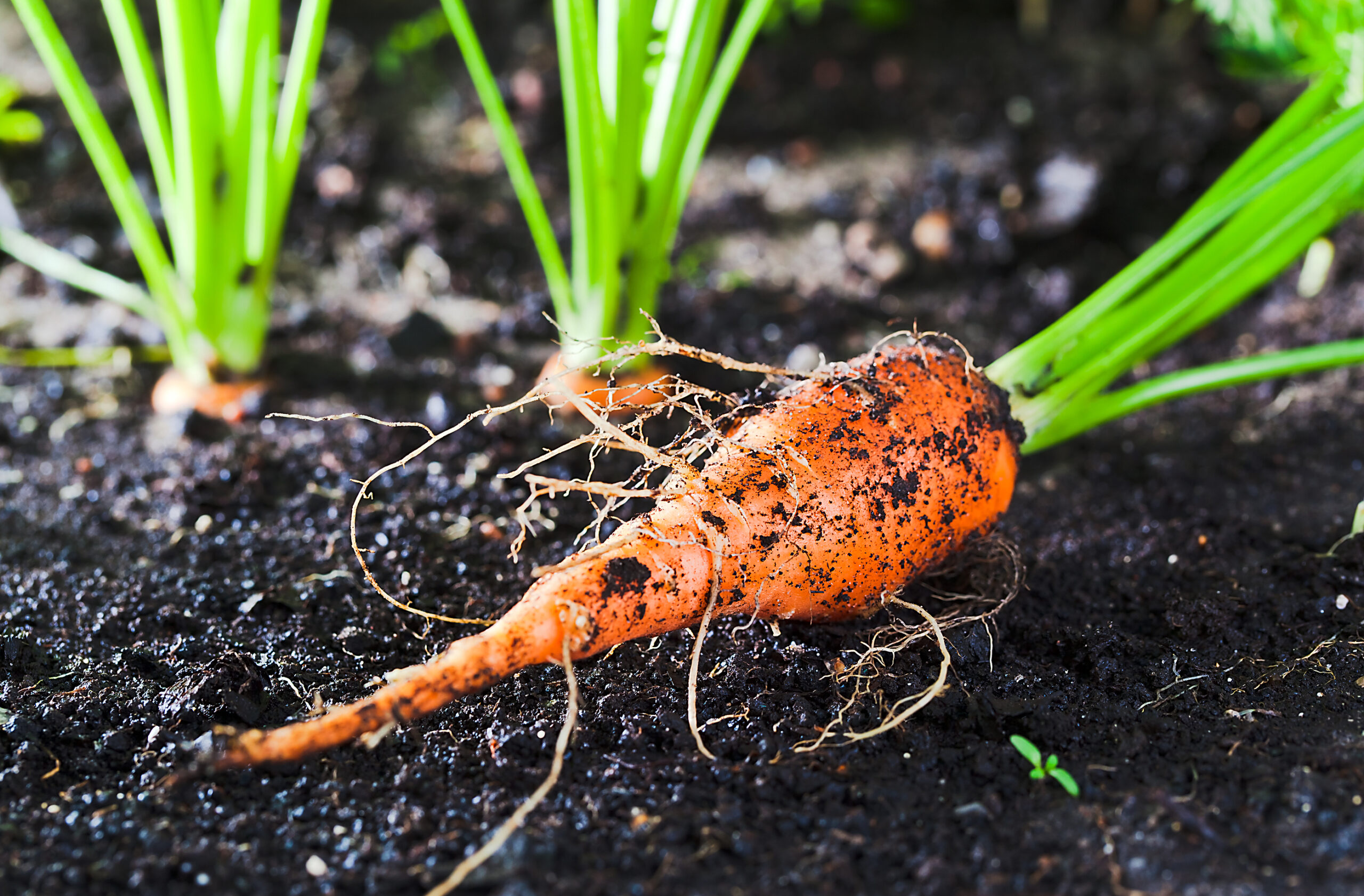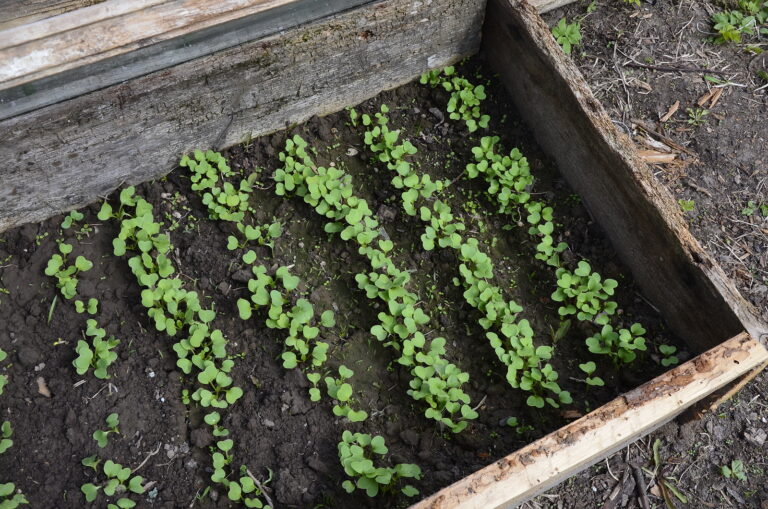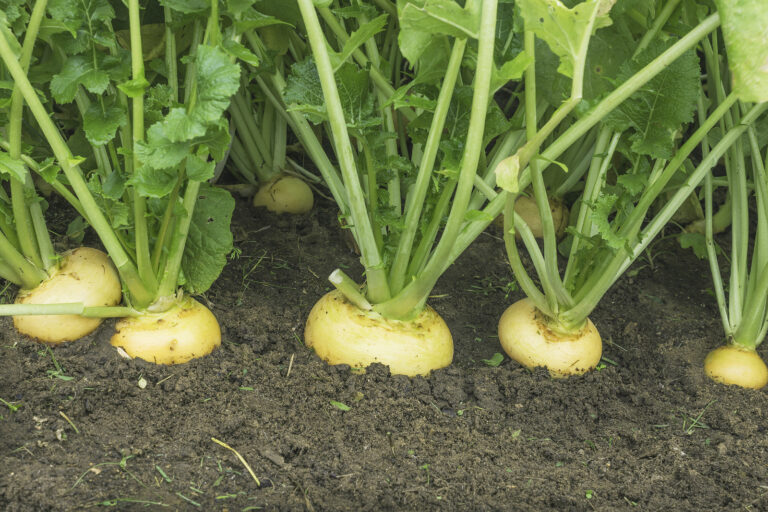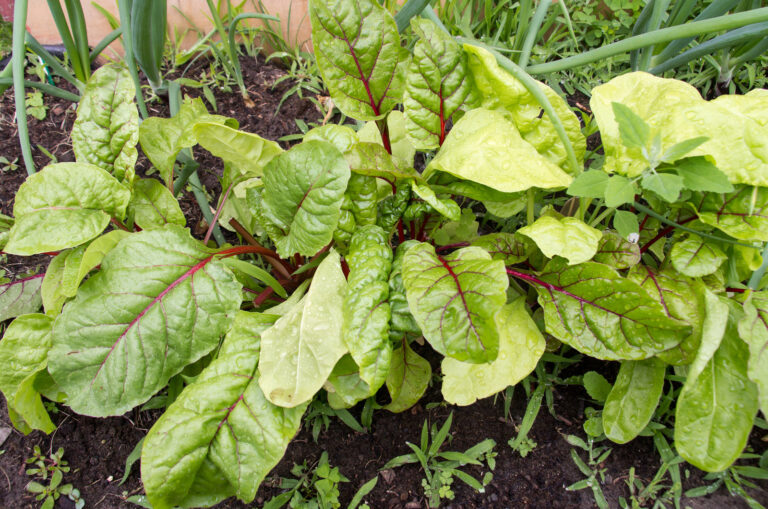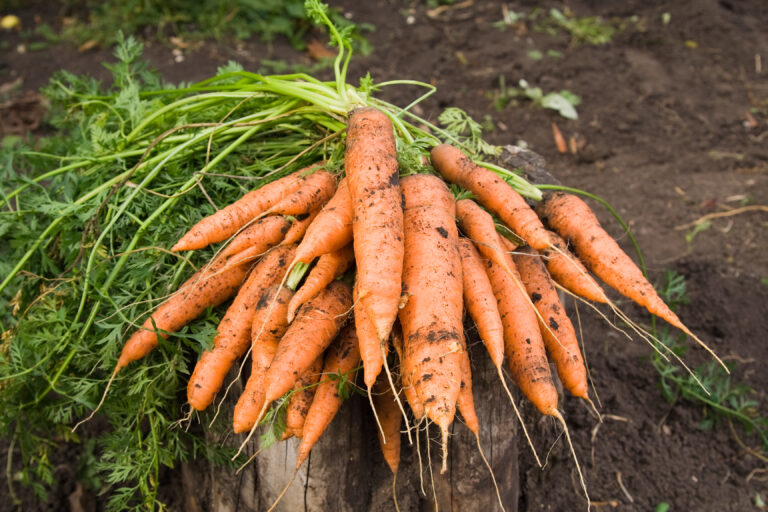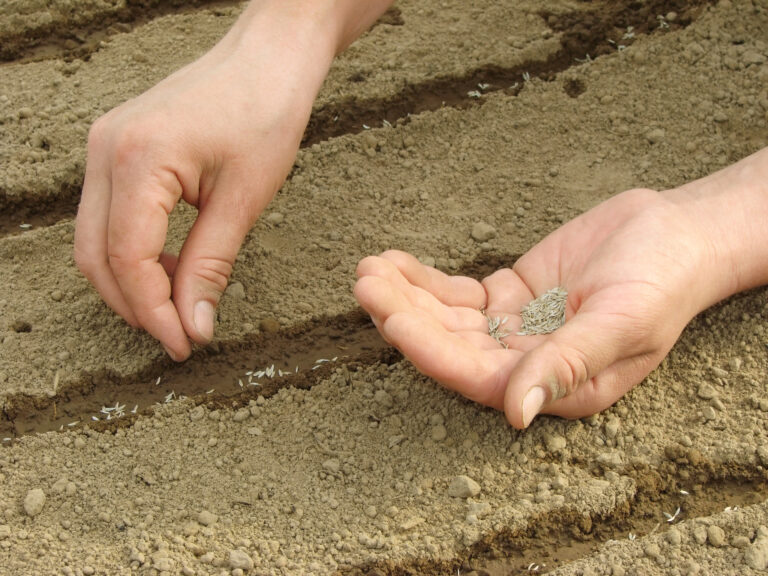Where to Plant Carrots for the Best Root Development
Carrots are a cool-season crop that thrive when given the right location and soil conditions. For straight, sweet roots, location matters just as much as variety. If you’ve ever harvested stubby, twisted, or cracked carrots, poor site selection may be to blame.
In this article, I’ll walk you through the best places to plant carrots so you can grow smooth, healthy roots in your home garden.
Why Location Matters for Carrot Roots
Carrots are a root crop—meaning the edible portion grows underground. For optimal development, the plant needs:
- Loose, rock-free soil
- Deep tilth for straight root penetration
- Consistent moisture
- Full sun exposure
Where you plant directly affects all of these factors.
Full Sun Is Essential
Carrots need at least 6 hours of direct sun per day. Choose a spot in your garden that receives full sun throughout the day—especially during the cool months of spring and fall, when the sun sits lower in the sky.
Shade can lead to:
- Spindly tops
- Slow root growth
- Increased risk of pests like aphids and root maggots
Tip: Avoid planting near taller crops like tomatoes or corn that might cast shadows as they grow.
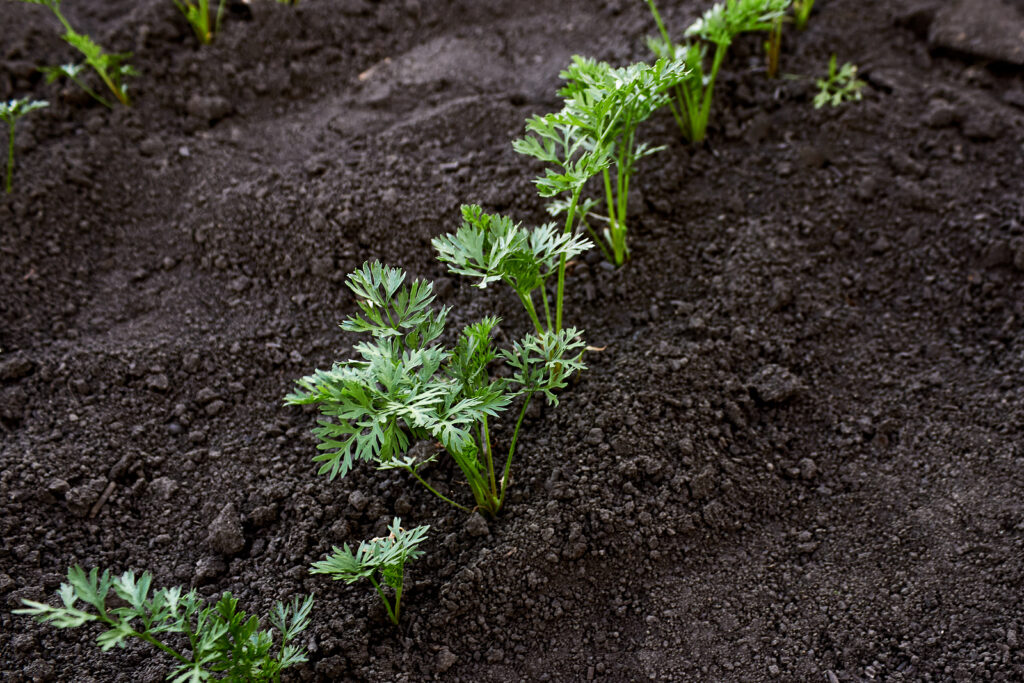
Choose a Bed with Deep, Loose Soil
The biggest key to growing straight carrots is deep, friable (crumbly) soil. Roots can’t push through heavy or compacted earth. If the soil is too dense, the roots will fork or twist as they try to grow.
Best locations include:
- Raised beds filled with loose, amended soil
- Mounded rows created specifically for root crops
- Double-dug garden beds that have been loosened to a depth of 12–18 inches
If your native soil is heavy clay or full of rocks, it’s best to grow carrots in containers or raised beds where you can control the soil mix.
Avoid Rocky or Obstructed Soil
Even small stones can obstruct carrot growth. Avoid areas where the soil is:
- Rocky
- Full of roots from nearby trees or shrubs
- Compacted from foot traffic or previous crops
Use a sifter or rake to remove rocks and debris before planting. The smoother the soil, the straighter your carrots.
Pick a Location with Good Drainage
Carrots do not like soggy soil. Look for a planting site that drains well after rain or irrigation. Raised beds and mounded rows naturally improve drainage.
Avoid:
- Low-lying areas where water pools
- Heavy clay zones that hold moisture
- Beds near downspouts or overwatered zones
Poor drainage = root rot or misshapen carrots.
Maintain Even Moisture
Carrots germinate slowly and need even moisture while seeds sprout and roots grow. Choose a location where it’s easy to:
- Water consistently
- Apply mulch to hold moisture
- Avoid flooding or water runoff
I often grow carrots in central raised beds where irrigation is easiest to control.
Rotate Away from Root Crops
For healthy carrots, plant them where root crops (like beets, turnips, radishes) haven’t grown in the last season or two. Crop rotation prevents:
- Soil-borne diseases
- Nutrient depletion
- Pest buildup
Rotate carrots into beds previously used for leafy greens, legumes, or squash.
Ideal Soil Mix for Carrots (If You’re Amending or Filling Beds)
If you’re planting in a raised bed or container, use a light, sandy loam. My go-to carrot soil mix is:
- 40% screened compost
- 40% high-quality topsoil or loamy garden soil
- 20% coarse sand or perlite (for extra drainage and fluffiness)
Avoid manures and high-nitrogen fertilizers, which can lead to hairy, forked roots.
Final Tip: Test Your Bed Depth
Before planting, use a garden fork or trowel to check the depth of your loose soil. Most carrots need 8 to 12 inches of loosened soil—and longer varieties need more.
If your soil depth is shallow, choose short or round carrot varieties like ‘Parisian Market’ or ‘Thumbelina’.
Summary: Best Places to Plant Carrots
| Requirement | Best Practice |
|---|---|
| Sunlight | Full sun (6–8 hours daily) |
| Soil Texture | Loose, deep, rock-free |
| Drainage | Well-drained beds or containers |
| Crop Rotation | Avoid recent root crop areas |
| Water Access | Easy to irrigate and mulch |
My Experience
After 30+ years of gardening, I’ve found that the best-tasting, straightest carrots come from beds that were prepared with deep, loose soil and protected from compaction. In my raised beds in Sonoma Valley, I amend the soil each season and rotate my carrots with greens like spinach and lettuce. Every season, my carrot roots are long, clean, and packed with flavor—because I give them the right place to grow.
Want to learn more about growing great carrots? Check out my Ultimate Guide to Growing Carrots from Seed to Harvest for everything from planting to storing.
Carrot Growing Hub
The Ultimate Guide to Growing Carrots from Seed to Harvest
1. Getting Started (Site & Timing)
- Where to Plant Carrots for the Best Root Development
- When to Plant Carrots: Timing for Every Season
- Carrots Seed Starting Tips
- How to Plant and Grow Carrots in Winter
- Grow Carrots Anytime of the Year in Five Steps
- How to Grow Carrots in Containers or Raised Beds
2. Planting & Varieties
- How to Plant and Space Carrots for Optimal Growth
- Carrot Varieties by Type: Best Picks for Home Gardeners
- Orange, Yellow, Red, Purple, and White Carrots: How to Choose the Right One
- Carrot Companion Plants: What Grows Well Together
3. Growing & Care
- Caring for Carrots Throughout the Growing Season
- How to Water Carrots the Right Way
- Carrot Crop Rotation: What to Plant Before and After
- Carrot and Parsnip Growing Problems: Troubleshooting
4. Harvest, Storage & Use

